Criminal omissions, falsification of documents and missing data on the contents of freight train carriages are all being done to ensure that those responsible for the deaths of 57 people escape punishment, says a fire expert from the Association of Families of Tempe Accident Victims.
Expert opinion
“The Tempe crime scene is contaminated by criminal omissions, omissions and actions that cost the lives of 57 people.”says the conclusion of the expert appointed as the technical adviser to the Association of Families of the Victims of the Tempi Accident, Vasilios Kokotsakis, which was handed over to the investigative authorities of Larissa for inclusion in the relevant case materials.
It adds that… 3 carriages of a freight train are “missing”, so that a thorough investigation cannot be carried out regarding what is being transported!
The main Tempe accident scene was altered and “contaminated” with criminal omissions that led even the official investigation to misinterpret the data and rationale for a death caused by a violent head-on collision between a passenger train and a commercial train on the same line, traveling from different directions (ascending and descending) , February 28, 2023.
Renowned for his expertise, the former fire, arson and interrogation officer of the Crete Fire Department, who is also a forensic expert witness, has written his final report, which deals exclusively with the explosion and subsequent fire in two trains: 28 of the 57 officially killed were severely burned and charred by the fire.
The technical report was compiled in unfavorable evidence-gathering conditions, at the insistence of only the families of the victims, and indeed using evidence, documents and materials that they managed to collect, at best, 2 months after the tragedy and 11 months after it!
Key points
In particular, the technical consultant Vassilis Kokotsakis himself notes:
“1. Basically, the area on which parts (debris) of the passenger train fell, as well as waste or combustion residues carried away by fire-fighting water, and possibly biological material from people, was carefully and permanently patched, that is, by removing soil to sufficient depth, filling it with thickly moistened quarry gravel and covering it with concrete of sufficient thickness. These actions make it difficult, if not impossible, to investigate the site and, in particular, to take samples that could shed light on some of the questions raised during the investigation.
2. While the investigation is ongoing, all materials, items, etc. that were in any way involved in the incident are considered evidence and should be treated as such. In addition to other formal and substantive measures that need to be taken, there is one more (basic) one – preservation and protection. Specific evidence objects (debris, soil) removed from the scene must be preserved and protected both from weather conditions and from any attempts to tamper with them or remove them that were not taken to the extent that would ensure their timely, safe and unquestionable research, as well as the preservation of any residual elements that might help in this regard.
3. The sampling sites for chemical analysis were methodologically incorrect, since most of them were taken from the northern retaining wall, and not from the area where the explosion occurred (they were probably not taken because the area was formed and changed, and there was a temporary delay in sampling samples, which now made them unsafe and unrepresentative).”
But there is another aspect of Vassilis Kokotsakis’s conclusion that is striking.
He insists on the need to sample sheet metal containing ethalpotassium from commercial containers. After the accident and at a time when all the carriages of the passenger train were moved to a plot of land owned by O.S.E.(!) in the town of Kouluri, specific 3 container cars of a freight train were “ignored”, at least until members of the Association of Victims’ Families, their legal representatives and technical consultants tried to find out where they were in order to get some kind of or additional information on their inspection.
Mr. Kokotsakis makes two points clear in his technical report: “…Samples of metal sheets with horseshoes from trade containers, passenger canteens, which were proven to be involved in the pyrosphere phenomenon, were not taken in a timely manner for analysis and detection of combustion materials…”. TAlso in the paragraph of his report on the actions to be taken henceforth, he repeats this:
“… It is necessary to take and analyze samples from the walls of the buffet car, since both it and the commercial train (container platforms) are likely to contain ethalkalides, the analysis of which using mass spectrometry can give us insight into the materials and how they were used burning. Take samples of the sheet metal of the containers that were loaded onto the first three boxcars and analyze the hammocks that are on them (if they are still on them).”
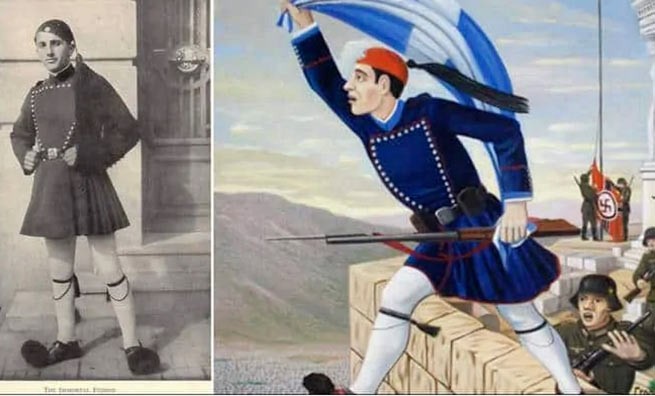
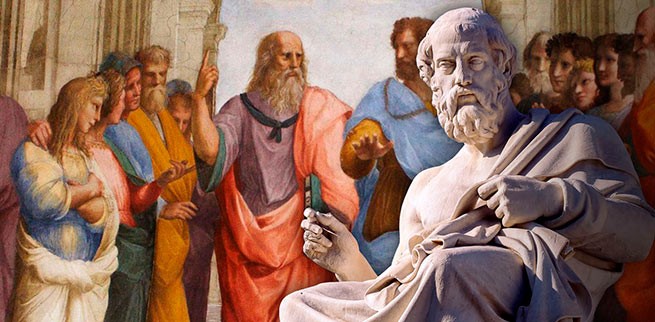
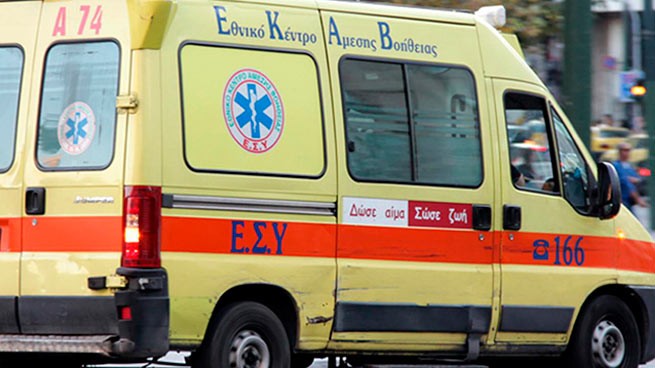
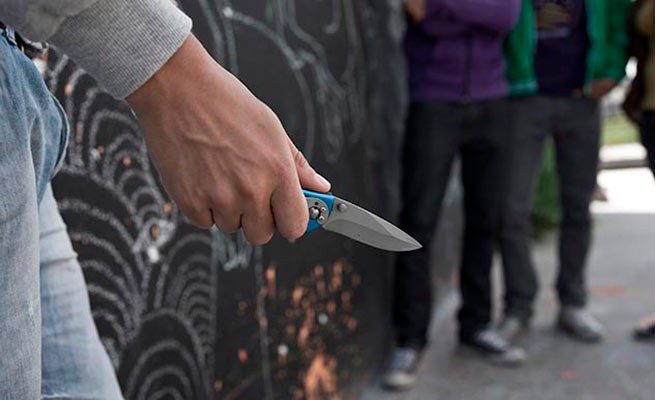
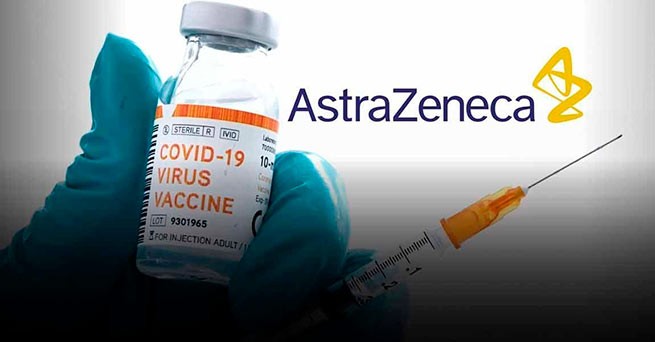
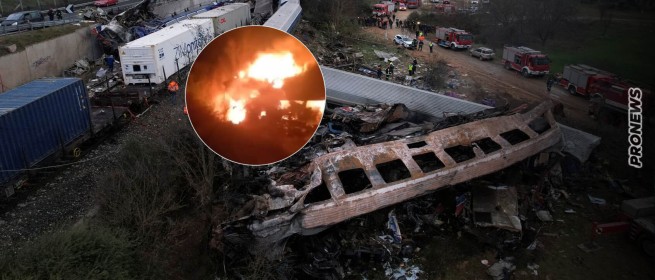

More Stories
Borrell: "Europeans will not go to die for Donbass, but they could help Ukrainians stop dying for Donbass"
Court in the Mati case: “10 euros a day is the price of the lives of our children”
Mati-Tempi: questions about the level of administration of justice, acquittals for the guilty